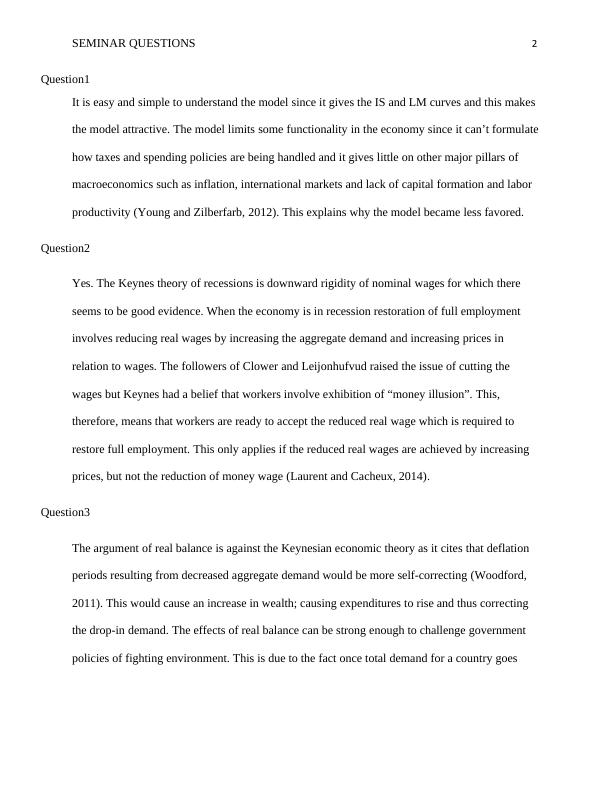Seminar Questions
Added on 2023-01-16
5 Pages759 Words45 Views
End of preview
Want to access all the pages? Upload your documents or become a member.
Aggregate Models and Macroeconomic Policies
|8
|1343
|49
Theory of Aggregate Demand and Supply and Economic Relationship between Australia and China
|12
|1884
|316
Link between weak wage growth and weak short term economic growth
|9
|1724
|257
Assignment about What are Macroeconomics?
|8
|1982
|11
Report on Stable Equilibrium in the Economy
|9
|1332
|42
Great Recession in USA Assignment
|13
|2830
|156


